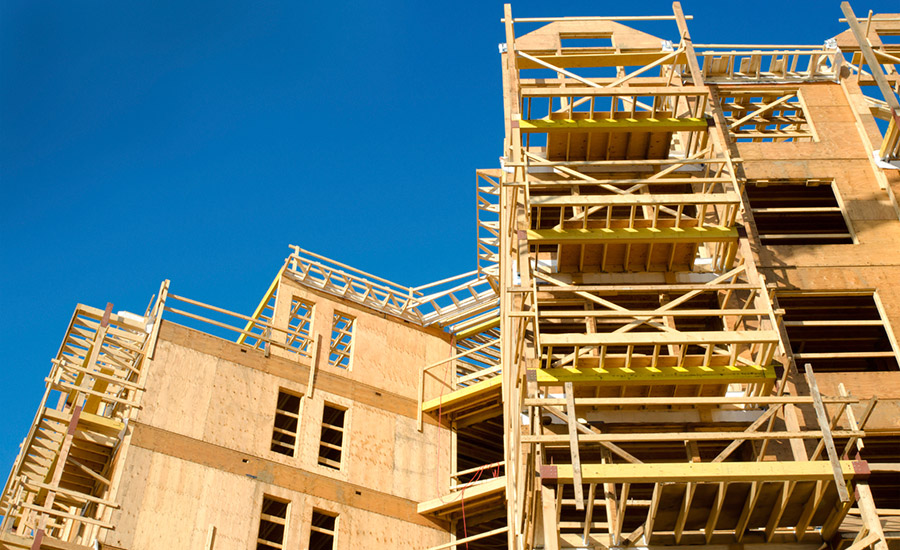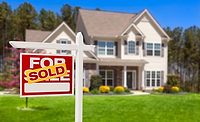Skyrocketing Lumber Costs Add Nearly $36,000 to New Home Prices
Other building material prices have been steadily rising since 2020 and, like lumber, are in short supply as well.

Soaring lumber prices that have tripled over the past 12 months have caused the price of an average new single-family home to increase by $35,872, according to new analysis by the National Association of Home Builders (NAHB). This lumber price hike has also added nearly $13,000 to the market value of an average new multifamily home, which translates into households paying $119 a month more to rent a new apartment. Further adding to housing affordability woes, other building material prices have been steadily rising since 2020 and, like lumber, are in short supply as well.
"This unprecedented price surge is hurting American home buyers and home builders and impeding housing and economic growth," said Chuck Fowke, NAHB chairman and a custom home builder from Tampa, Fla.
The latest Random Lengths prices as of the week ending on April 23 show the price of framing lumber near $1,200 per thousand board feet, an increase of nearly 250% since last April when the price was roughly $350 per thousand board feet. During this runup, NAHB has been monitoring lumber prices and their effect on the housing market. In February 2021, NAHB reported that rising prices had added $24,000 to the price of a new home. Last August, rising prices resulted in the average price of new single-family homes to increase by $16,000.
"These lumber price hikes are clearly unsustainable," said Fowke. "Policymakers need to examine the lumber supply chain, identify the causes for high prices and supply constraints and seek immediate remedies that will increase production."
NAHB calculated these average home price increases based on the softwood lumber that goes into the average new home, as captured in the Builder Practices Survey conducted by Home Innovation Research Labs. Included is any softwood used in structural framing (including beams, joists, headers, rafters, and trusses); sheathing; flooring and underlayment; interior wall and ceiling finishing; cabinets; doors; windows; roofing; siding; soffit and fascia; and exterior features such as garages, porches, decks, railing, fences, and landscape walls.
Learn more about NAHB and this study at www.nahb.org.
Looking for a reprint of this article?
From high-res PDFs to custom plaques, order your copy today!








